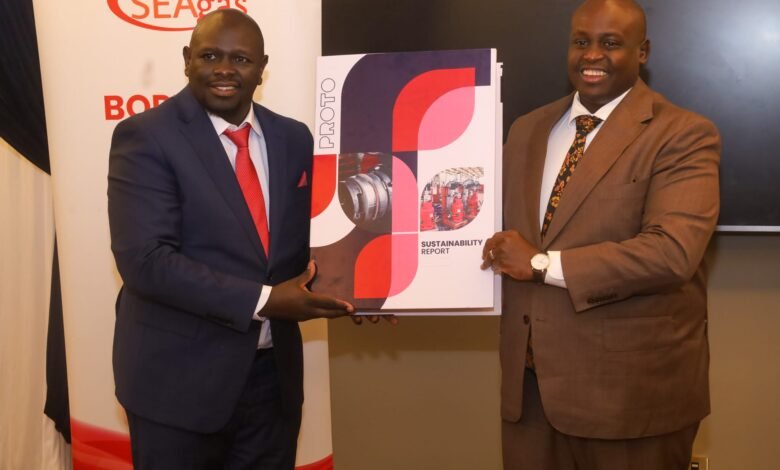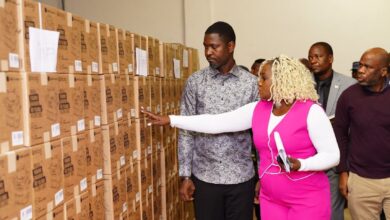
Key takeaways
- 7,085.76 tonnes of CO2 saved in H1 2025, equivalent to about 4,724 hectares of eucalyptus grown for a year.
- 38 schools moved from firewood to LPG, plus three medical camps and 37 women in a leadership programme.
- Net-zero by 2040, 100 hectares restored by 2030, and 50 more schools to switch to LPG by 2027.
Proto Energy Limited has published its H1 2025 Sustainability Report, saying operational changes and fuel-switch initiatives helped avoid 7,085.76 tonnes of carbon emissions in the first half of the year. The firm equates that to the climate benefit of growing roughly 4,723.84 hectares of eucalyptus for one year, and frames the outcome as an early marker in a longer ESG roadmap.
The report, themed “Creating a world of endless possibilities through sustainable practices,” outlines a three-pillar strategy covering environmental impact, social responsibility, and governance. Proto says it is aligning with UN goals that include clean energy, climate action, good health, and quality education.
What changed on the ground
Clean cooking in schools
Proto reports that 38 schools shifted from firewood to LPG in H1 2025. That sits within a broader education agenda that targets 50 additional school conversions by 2027. For readers tracking schools-based climate work, compare this to Safaricom’s schools regreening effort which is targeting five million trees by 2030.
Community and staff health
The company conducted three medical camps for staff and neighbouring communities, and ran mental-health awareness sessions internally. It also held LPG awareness activities and safety trainings.
Women’s leadership
Proto says 37 women participated in a leadership and growth programme in the period.
Operations and safety
The firm planted 600 trees across its sites and notes its Miritini plant was named overall industry winner at the Directorate of Occupational Safety and Health Services awards. It also reports ISO 9001, 14001, and 45001 recertifications.
Business footprint and decarbonisation levers
Proto operates cylinder manufacturing at Kabati, Murang’a, with filling facilities in Nakuru and Miritini. It manufactures cylinders and bulk tanks, with a stated monthly cylinder capacity of up to 160,000 units after recent upgrades. Its energy plays span filled cylinders, bulk supply, and Autogas under the OTOGAS brand. The company also highlights a partnership with GoBEBA for last-mile distribution and returns logistics, aligning with wider ecosystem experiments in climate-tech and clean-energy access.
On transport emissions, Proto continues to promote LPG vehicle conversions and says dual-fuel systems can lower tailpipe emissions compared to petrol and diesel. The firm also references energy-efficiency steps at plants, leak detection programmes, and a plan to increase captive green power over time.
Targets and the reporting roadmap
Looking ahead, Proto sets three headline goals. Net-zero by 2040. Restoration of 100 hectares of forested areas by 2030. Captive green power to cover 70 percent of its energy by 2030. The firm has mapped a staged ESG journey through 2026 that includes gap analysis, framework design, baseline setting, and IFRS-aligned disclosure templates.
Why it matters
Kenya’s energy transition is not only about electricity. Clean cooking and low-carbon fuels remain a major emissions and public-health lever. Proto’s school conversions echo a wider pattern in Kenya where companies and financiers are backing decarbonisation at the last mile, from electric cooking scale-ups to large tree-planting programmes and blended-finance platforms. For additional context, see our coverage of BURN’s push to 100,000 electric cookers, NCBA’s tree-cover commitments, and Standard Chartered’s climate-finance structuring, alongside sector-wide transition plans.







